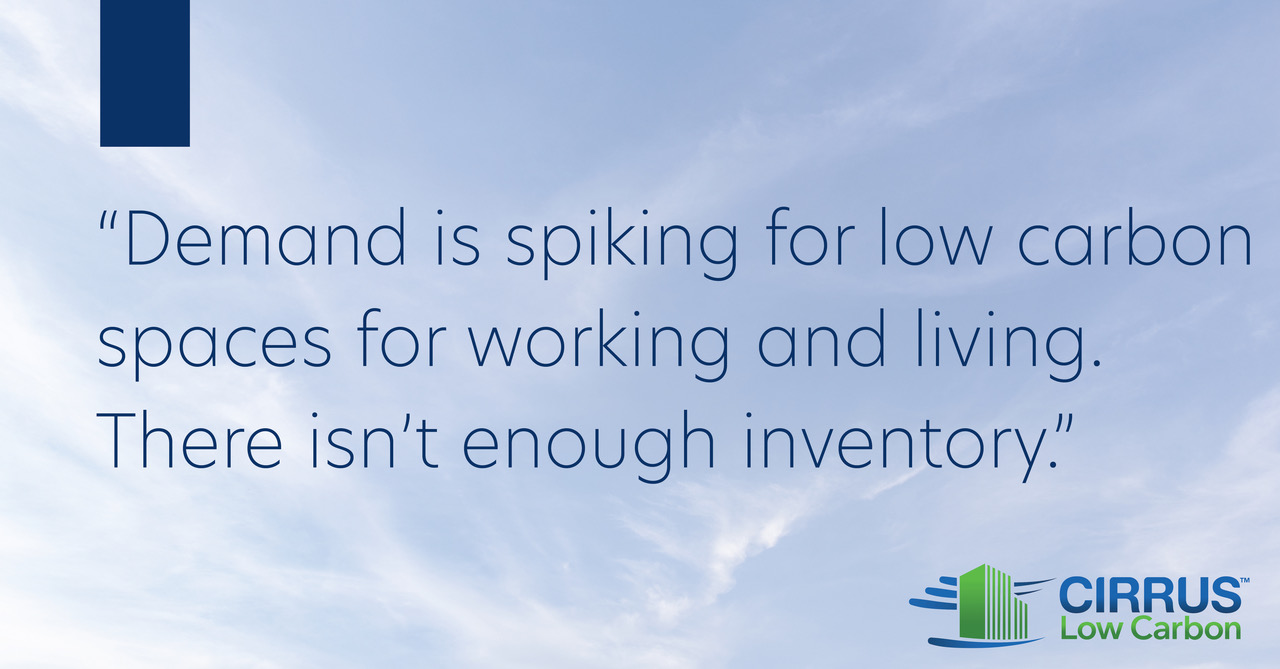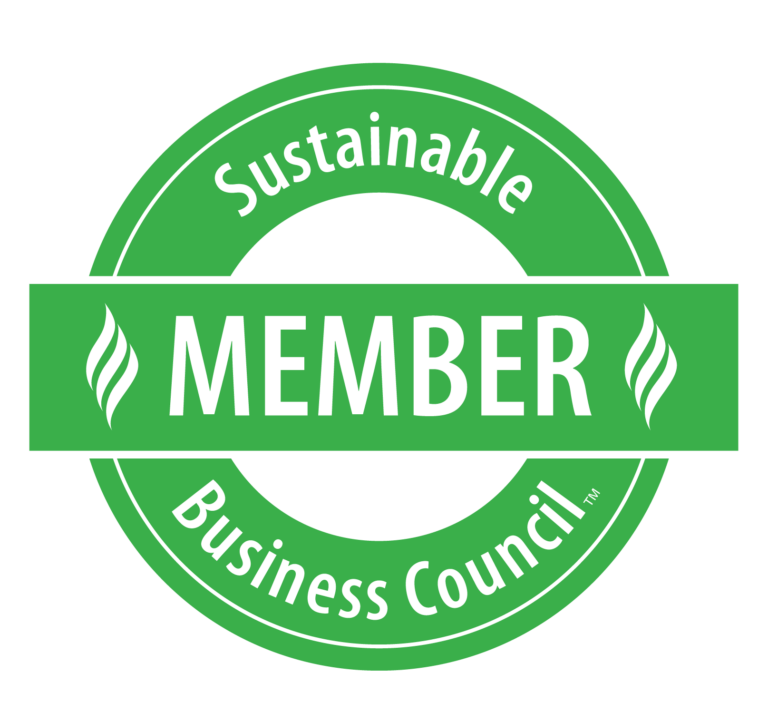WHAT IS THE LOW CARBON ECONOMY?
A low carbon economy is one that uses energy wisely, with technologies that generate low levels of greenhouse gas emissions (GHG). The shift to a low carbon economy is underway globally as companies take on the challenge of carbon emissions that are causing global warming and climate change.
As recently reported by JLL in their research report, “Return on Sustainability,” for the five years between 2015 and 2020, 907 corporations committed to climate action. In 2021, more than 986 had committed to climate action for the first 3 quarters of the year. What does this mean? It means more and more, companies are responding to stakeholder pressures to address climate change concerns in their products, processes, and buildings.
The data indicates that there will be a strong imbalance in the supply and demand for low carbon buildings. According to the JLL research, there will be value premiums for “first movers” –- developers who offer low carbon or zero carbon building options. The need for low carbon spaces for working and living won’t be met as the demand spikes. Access to capital is expected to become more difficult to obtain as lender and investor low carbon requirements escalate.
Low carbon buildings address climate resilience (weather events growing in frequency and intensity) and occupant health (optimize wellbeing and human performance) and carbon emissions (occupants and tenants want to live in healthy, efficient spaces). The demand for these property attributes is growing; developers who are thinking ahead will benefit.
HOW DO I GET READY FOR THE LOW CARBON ECONOMY?
PACE Equity offers a solution that ties lower costs of capital to low carbon building practices. Our product, CIRRUS™ Low Carbon, provides a design specification and a lower finance rate with our C-PACE financing. We provide the Low Carbon Team who will determine the incremental costs for your building to be low carbon plus the financial benefits associated with the lower finance rate and energy savings.
Every CIRRUS Low Carbon project analysis has realized not only a complete payback of needed design changes, but also a net financial benefit of more than 7 times the design change costs.
So how do you get ready for the low carbon economy? You build a low carbon building (with a lower cost of capital) and you promote it to your potential occupants as a highly efficient, high-performance green building.






